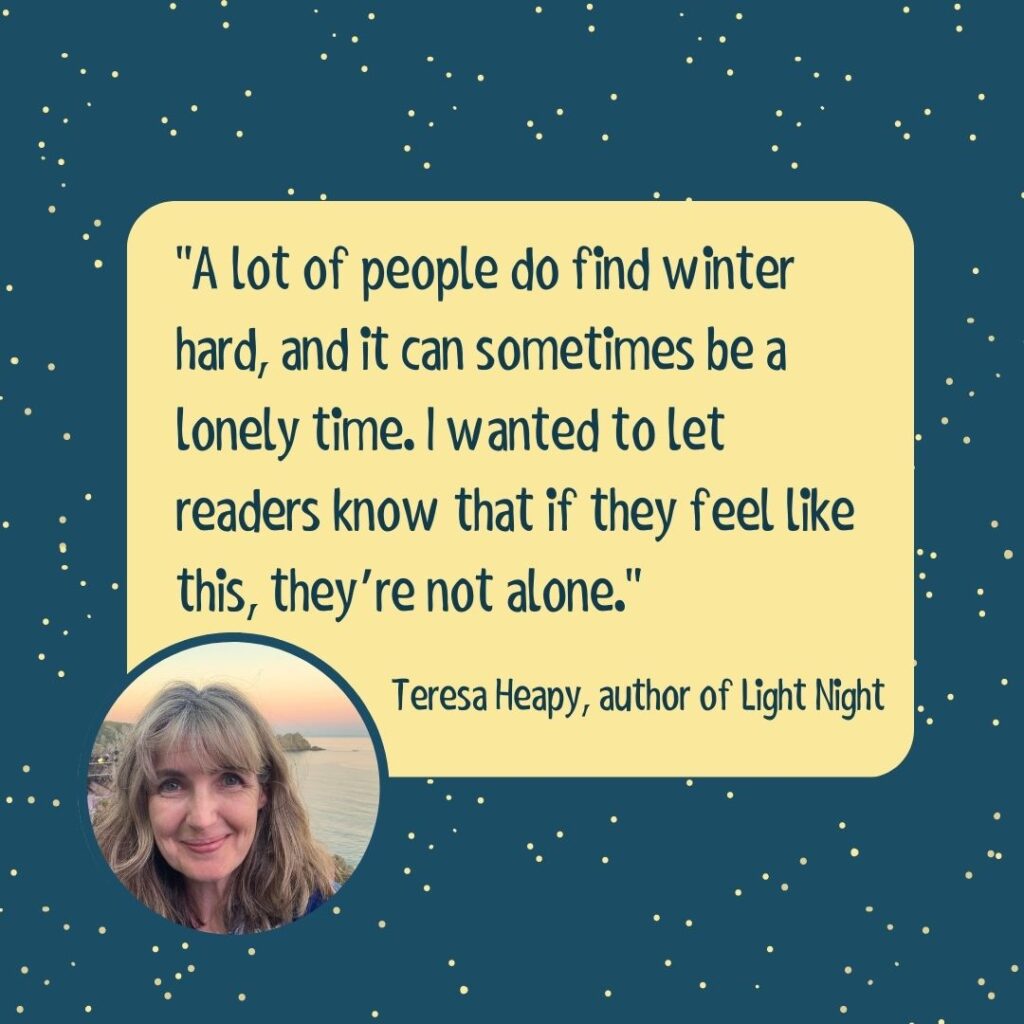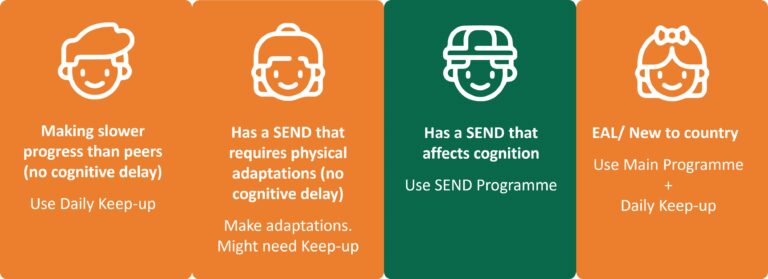Almost everyone can tell stories. How many times has a child or an adult approached you to tell you of what they’ve just seen, heard, done, read etc? We’re all doing it but without realising and it’s one of the most fundamental and timeless skills humans have. There’s a cornucopia of ideas for activities based on storytelling. Try some of these out and marvel at the spoken word:
Activity One: LISTEN TO THE VOICES
Objective: Understand that tone and expression can affect meaning.
This is a great activity to see how tone of voice affects the meaning or intention of a story. Talk about the different ways we speak and how tone and expression is used differently to convey meaning. Use a simple piece of text from a story which doesn’t have any particular aim. Experiment with different ‘voices’ and ask the children to say what they think is the meaning of the way it’s said or what the intention is. You could even begin with something as simple as ‘Would you like to try one of my lovely apples? In a friendly tone, the speaker is being generous, sharing or kind. Sarcastically makes it sound like the recipient has already tried something else. In an eerie voice you get the witch from Snow White, whispered you get the idea that they are secret. This could be extended to telling a story in different ways, whispered, shouted, mysteriously etc.
Activity Two: GETTING THE MESSAGE ACROSS
Objective: Compare and evaluate different forms of communication
Ask the children to imagine that they are an ancient tribe of humans who haven’t yet developed a language. Tell them that they are to imagine there is danger nearby and they are moving on but to protect any tribes coming behind they want to leave a message. How would they do it? In groups decide on what they want to say (without speaking to each other!!) and work out how they will leave a lasting message.
Activity Three: STORYTELLING COMPETITION
Objective: To be able to communicate ideas and information effectively
Children are very good at making up stories, the problem is that not many of them are as good at writing them down. This activity will give them the chance to tell their story but without the difficulty of writing it. They will still need to plan their story as they would for a written one but they will be developing the story orally rather than in writing. Extend the focus by giving them a time limit to work to and maybe encourage them to use props to help. This activity is like the storytelling equivalent of being a stand up comedian. They may think they can do it but it is a challenge. Encourage good preparation, discourage memorisation and remind them of using different voices to bring added emphasis to their storytelling. To crystallise evidence of their work record their story as they tell it and give them a copy to listen to. Ask for their own evaluation of their performance, You could extend this activity further into an evening session with parents volunteering to do storytelling ‘sets’.
Activity Four: THE HISTORY OF STORYTELLING
Objective: Understand that myths and legends may be based on real events but that retelling changes the information.
Storytelling has a fascinating history spanning many cultures and civilisations. Ask the children to investigate storytelling in these cultures and civilisations, looking for examples and for the reasons why they chose to do this. You could role play the passing of time for a Native American tribe and the passing on of legends and traditions from the old to the young through the generations. This could lead on well to how myths and legends change over as they are embellished by the new storytellers. This is a form of Chinese whispers and you’ll begin by giving telling one child a recount of a brave deed. Include numbers, sizes and other things that could be exaggerated. The next day, ask them to tell the story to another child and repeat the exercise until the end of the week. Put the original story up on the board with the last storyteller facing away from it. Listen to their recount while looking at the original and highlight the differences.
Activity Five: STORYTELLING ROUNDS
Objective: Listen carefully to a story and predict where it is going. Be able to add to the story by continuing or changing its direction.
We often do this activity as a written exercise but have done it around the campfire of residential trips. Throw in a setting, a character and a brief plot. For example: Many years ago in the distant, beautiful land of Nog lived a farmer and his son. Times were hard as there had been famine in the land for three years. On the board write questions that will prompt the continuation. E.g.:
• What was the setting like?
• What are the characters like?
• What is the problem?
• Are there any other characters?
• How will it all end?
Sitting in a circle, ask the children to continue the story, trying to maintain the flow and a structure to the story. Again, record the story and listen as a class, evaluating their performance.
And finally, when you’re all exhausted from all the story telling and have lost your voices, put on a story tape or CD and listen to how the professionals tell a fine story!
Dave Lewis
Portsmouth High School Junior Dept


